简体中文
繁體中文
English
Pусский
日本語
ภาษาไทย
Tiếng Việt
Bahasa Indonesia
Español
हिन्दी
Filippiiniläinen
Français
Deutsch
Português
Türkçe
한국어
العربية
What is the Russell 2000 and How to Invest in It?
Sommario:The Russell 2000 is a U.S. index that tracks the performance of 2,000 companies with the smallest market capitalizations in the Russell 3000, serving as an indicator to estimate the state of the U.S.
The Russell 2000 is a U.S. index that tracks the performance of 2,000 companies with the smallest market capitalizations in the Russell 3000, serving as an indicator to estimate the state of the U.S. economy. In this article, we will explain how it works, which companies are part of it, and much more.
In the world of trading, there are a wide variety of indices. Some include large companies, such as the IBEX 35, which tracks the most important companies in Spain, or the Dow Jones, which includes the 30 most significant companies listed on the New York Stock Exchange (NYSE). However, others focus on smaller companies, like the Russell 2000, a U.S. index that tracks the performance of the 2,000 companies with the smallest market capitalizations in the Russell 3000.
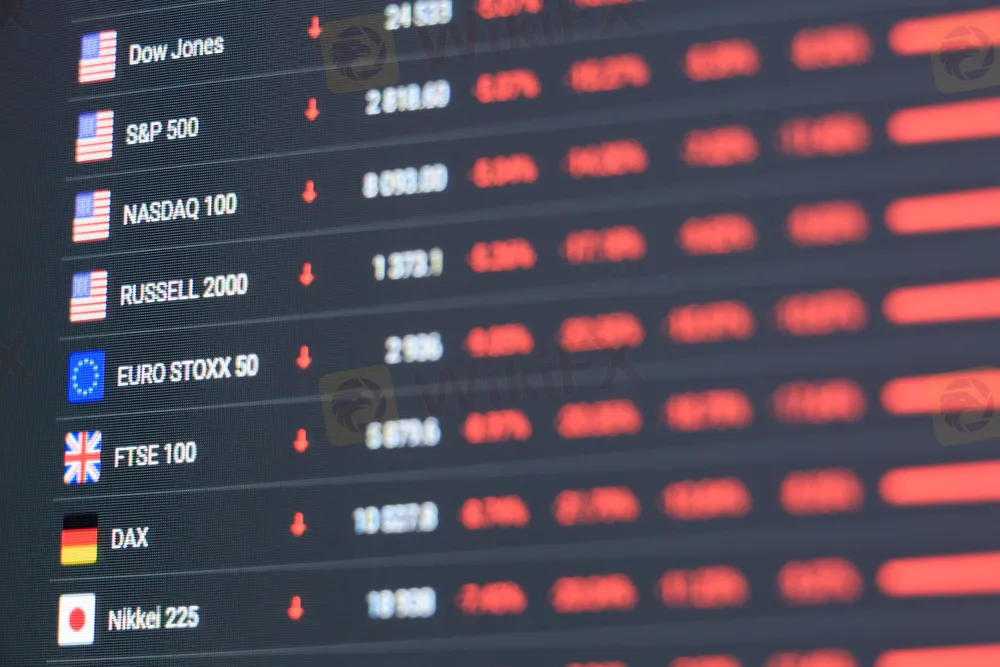
What is the Russell 2000?
The Russell 2000 is a U.S. stock market index that is part of the larger Russell 3000, which includes about 95% of the stocks in the U.S. market. This index was created by Frank Russell Company in 1984 and is currently managed by FTSE Russell. It focuses on 2,000 companies with smaller market capitalizations than the Russell 3000 and helps analyze the performance of smaller U.S. companies. Many investors pay attention to this index to gauge the country's economic situation, as these smaller companies tend to rely more heavily on the U.S. economy, unlike larger companies with international operations.
Although both the Russell 2000 and Russell 3000 overlap in about 66% of their companies, the Russell 2000 represents approximately 8% of the Russell 3000's total market capitalization due to the large influence of major technology companies in the latter. Among the sectors included in the Russell 2000, the most relevant are industrials, healthcare, financials, and technology.
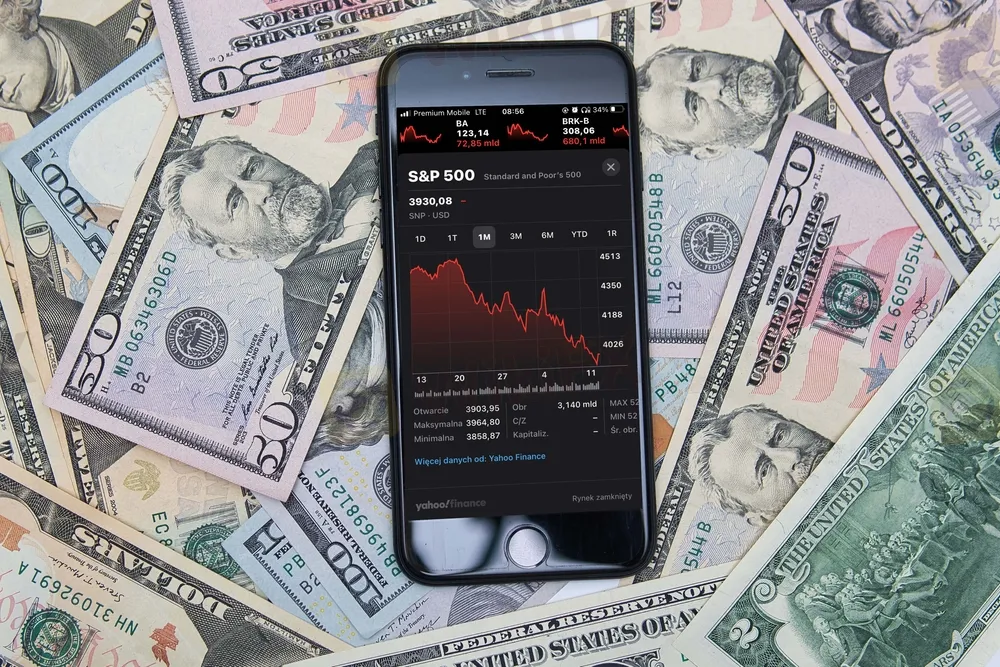
How Does the Russell 2000 Work?
Like other major indices like the Nasdaq or the S&P 500, the Russell 2000 is a capitalization-weighted index. The higher a company's market capitalization, the greater its weight and impact within the index, and vice versa. The Russell 2000 is determined by market capitalization, meaning that companies with larger capitalizations have more weight. The index consists of 2,000 companies from various sectors and is updated periodically to reflect changes in the U.S. market.
Unlike other major indices like the Dow Jones or Nasdaq 100, whose compositions are determined by committees, the Russell 2000's composition is based purely on market capitalization within the Russell 3000, focusing on the 2,000 smallest companies. To be part of the Russell 2000, companies must meet several criteria:
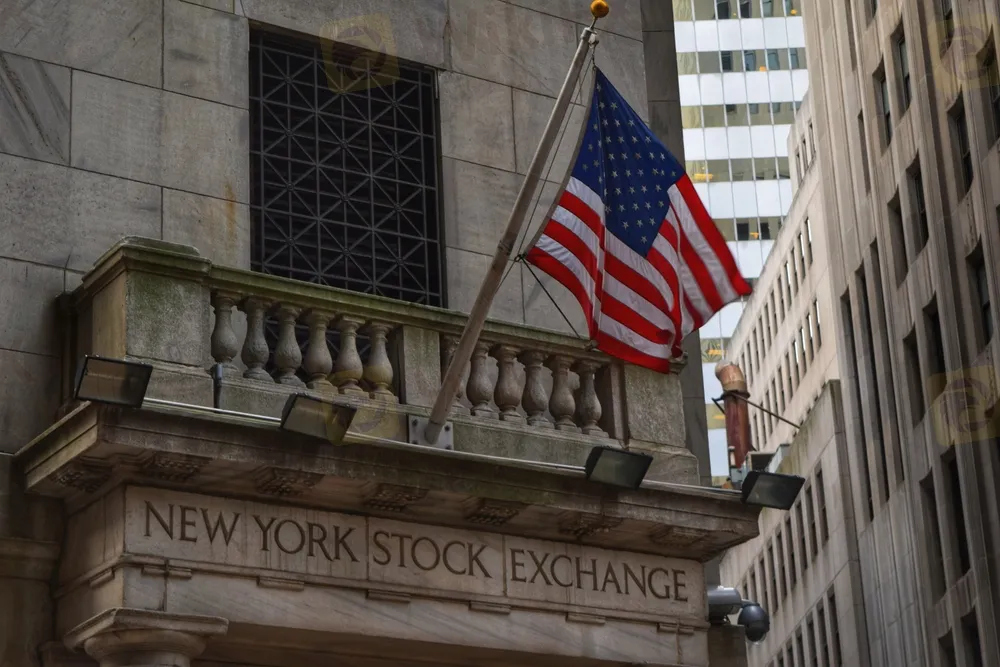
Location: The company must be headquartered in the United States.
Market Capitalization: The company must be among the 2,000 smallest companies by market capitalization in the Russell 3000.
Liquidity: The company's stock must have sufficient liquidity, meaning it should have a certain amount of daily investment turnover.
Stocks: The company must have common shares available to the public and a minimum free float of 5%.
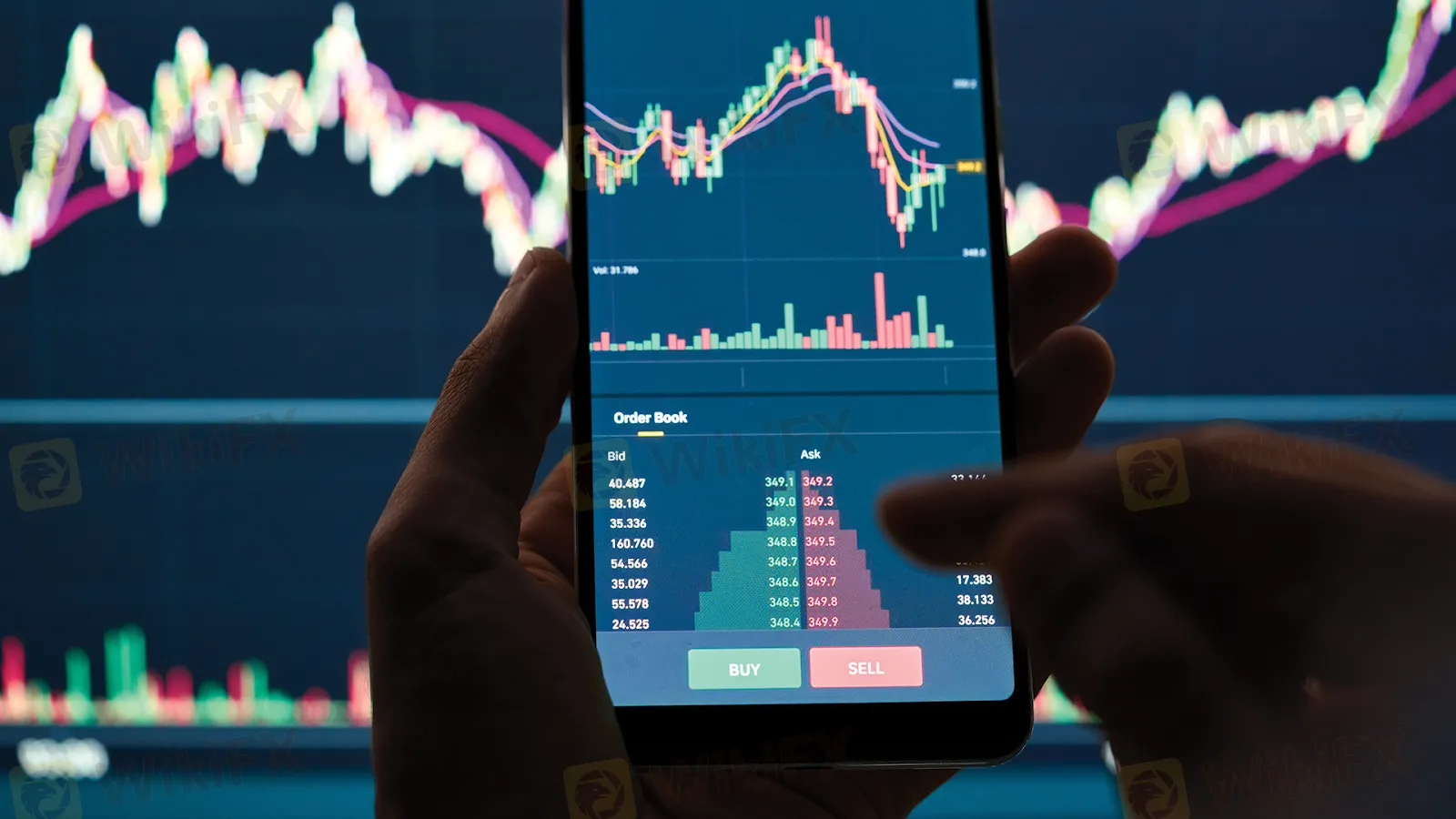
What Companies are Included in the Russell 2000?
The Russell 2000 is a highly diversified index composed of 2,000 companies with the smallest market capitalizations in the Russell 3000. These companies belong to sectors such as:
Energy
Financials
Healthcare
Consumer Discretionary
Technology
Industrial
Real Estate
Basic Materials
Consumer Staples
Public Sector
The industrials, financials, and healthcare sectors have the greatest weight in the index. Some notable companies in the Russell 2000 include Super Micro Computer, Comfort Systems USA, and Abercrombie & Fitch. When investing in this index, it's important to remember that, since it includes smaller companies, they may benefit more when the government lowers taxes related to income.

How to Invest in the Russell 2000?
The Russell 2000 is an attractive index for investors, but it is important to remember that it is subject to volatility. This means that the index can be influenced by overall market movements as well as fluctuations in the companies that compose it. Therefore, before making any investments, investors should clarify their objectives and assess the level of risk they are willing to take.
There are several ways to invest in the Russell 2000, including:
Stocks: One option is to invest directly in the stocks of companies that make up the index, such as MicroStrategy, Carvana, or GEO Group.
ETFs: Another way to gain exposure to the entire Russell 2000 is by investing in ETFs that replicate the performance of the index. This allows for indirect investment, reducing risk but also potentially lowering returns.
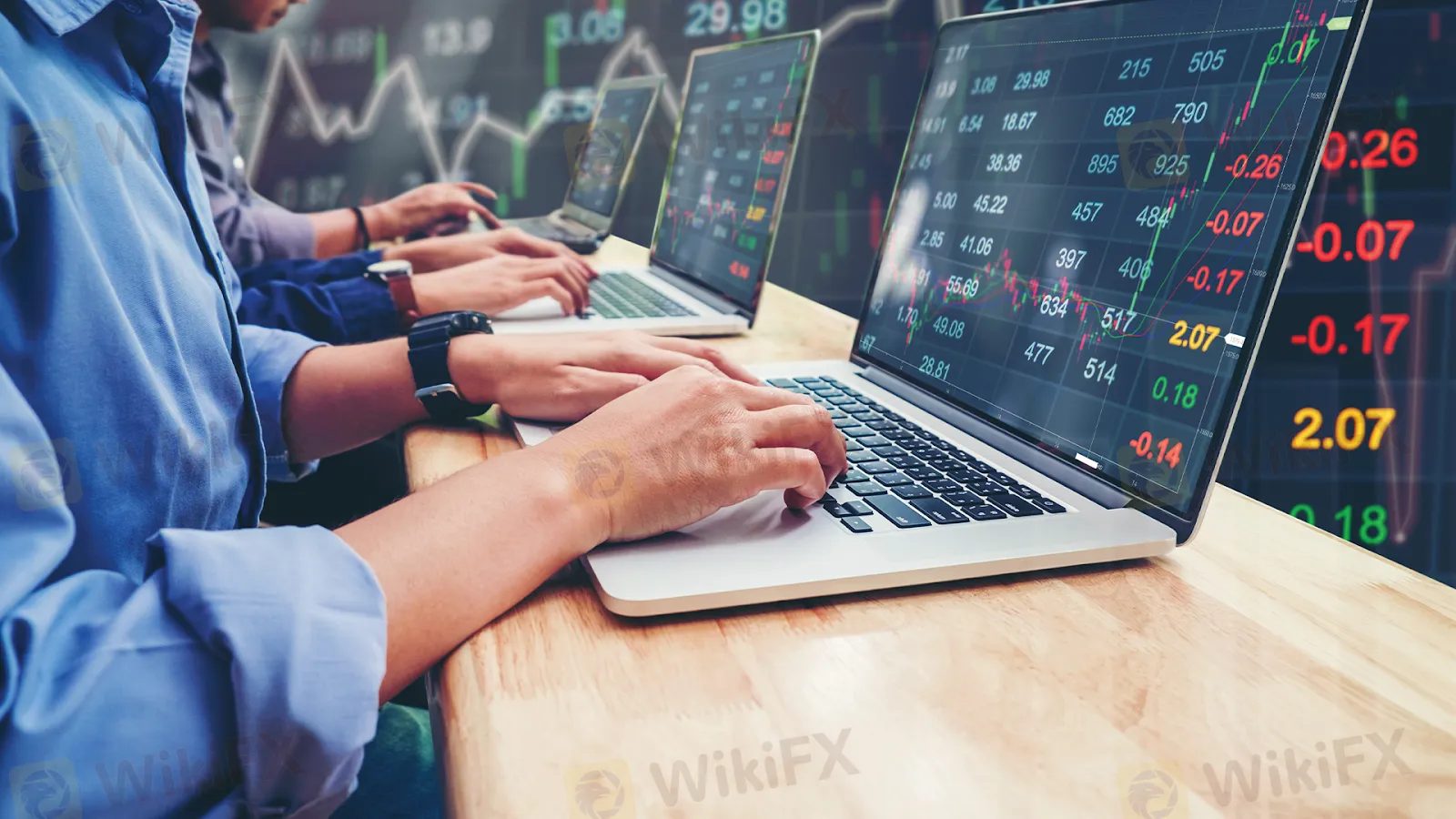
Investing in the Russell 2000 with OnEquity
OnEquity allows you to invest in some of the world's most traded stock indices, including the NASDAQ 100, DOW 30, DAX 40, FTSE 100, and EURO STOXX 50. The platform offers several advantages:
Access to all major U.S., European, and Asian indices.
Leverage of up to 1:1.
Ultra-competitive spreads.
No commissions.
Disclaimer:
Le opinioni di questo articolo rappresentano solo le opinioni personali dell’autore e non costituiscono consulenza in materia di investimenti per questa piattaforma. La piattaforma non garantisce l’accuratezza, la completezza e la tempestività delle informazioni relative all’articolo, né è responsabile delle perdite causate dall’uso o dall’affidamento delle informazioni relative all’articolo.
WikiFX Trader
FP Markets
EC Markets
FXCM
IB
Pepperstone
Exness
FP Markets
EC Markets
FXCM
IB
Pepperstone
Exness
WikiFX Trader
FP Markets
EC Markets
FXCM
IB
Pepperstone
Exness
FP Markets
EC Markets
FXCM
IB
Pepperstone
Exness
Rate Calc






